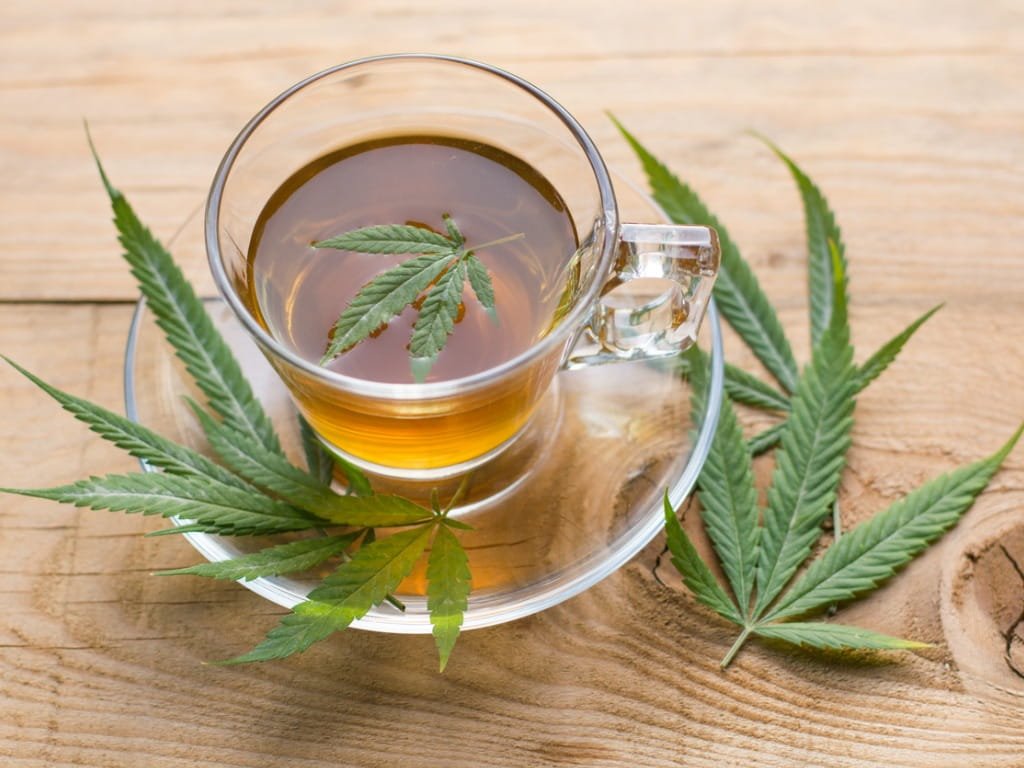A growing category of edible products is cannabis-infused drinks that deliver tetrahydrocannabinol through liquids instead of smoking or vaping. thc drinks offer precise dosing and longer-lasting effects compared to inhalation methods, making them appealing to both recreational and medical cannabis users. These beverages undergo complex processing in your digestive system before producing psychoactive effects.
THC drinks contain precisely measured amounts of tetrahydrocannabinol dissolved or suspended in various liquid bases, including water, sodas, teas, coffees, and alcoholic beverages. Manufacturers use different extraction and infusion methods to incorporate cannabis compounds into liquids while maintaining flavor profiles and shelf stability. The creation process involves extracting THC from cannabis plants and converting it into water-soluble forms that mix properly with liquids. Emulsification techniques help distribute THC evenly throughout the beverage, ensuring consistent dosing in every sip. Quality control measures verify potency levels and prevent separation that could lead to uneven distribution.
Digestive system processing
When you consume THC drinks, the liquid travels through your mouth and oesophagus into your stomach, where initial breakdown begins. Your stomach acid starts breaking down the beverage while THC molecules prepare for absorption. Unlike smoking, where THC enters your bloodstream through lung tissue, drinking requires complete digestive processing. Stomach enzymes begin working on the THC compounds while the liquid moves into your small intestine, where most absorption occurs. The small intestine contains millions of tiny projections that absorb nutrients and compounds into your bloodstream. THC molecules must cross these intestinal walls before entering your circulatory system.
Absorption through the liver
THC enters your liver directly after absorption in the small intestine through the portal vein system. This represents a crucial difference from smoking, where THC bypasses liver processing initially. Enzymes in your liver produce a potent metabolite of THC called hydroxy-THC. Liver metabolism converts delta-THC into hydroxy-THC, which makes stronger and longer-lasting psychoactive effects than the original compound. This transformation explains why edible and drinkable cannabis often feels more intense than smoking equivalent amounts. The liver’s processing creates an entirely different experience profile. First-pass metabolism in your liver can reduce the total amount of THC that reaches your bloodstream, but the resulting metabolites often produce more pronounced effects. Individual liver function varies between people, creating different response patterns to identical THC drink doses.
Blood circulation effects
Once processed by your liver, THC metabolites enter your general bloodstream and circulate throughout your body. Upon entering the brain, the cannabinoid receptors on these compounds interact with them. The gradual release from digestive processing creates sustained blood levels rather than the rapid peaks seen with smoking. Your brain and nervous system respond to THC molecules by binding to cannabinoid receptors. These include:
- Altered perception and mood changes
- Relaxation and potential euphoria
- Modified time perception and sensory experiences
- Potential therapeutic effects for various conditions
- Changes in appetite and sleep patterns
Bloodstream circulation distributes THC throughout your body, affecting multiple organ systems beyond your brain. This whole-body distribution contributes to the comprehensive effects many people experience with THC drinks. THC drinks work through a complex digestive process involving stomach breakdown, intestinal absorption, liver metabolism, and bloodstream circulation that creates longer-lasting effects than smoking methods. The conversion of THC into more potent metabolites during liver processing explains why drinkable cannabis often produces more intense experiences.

